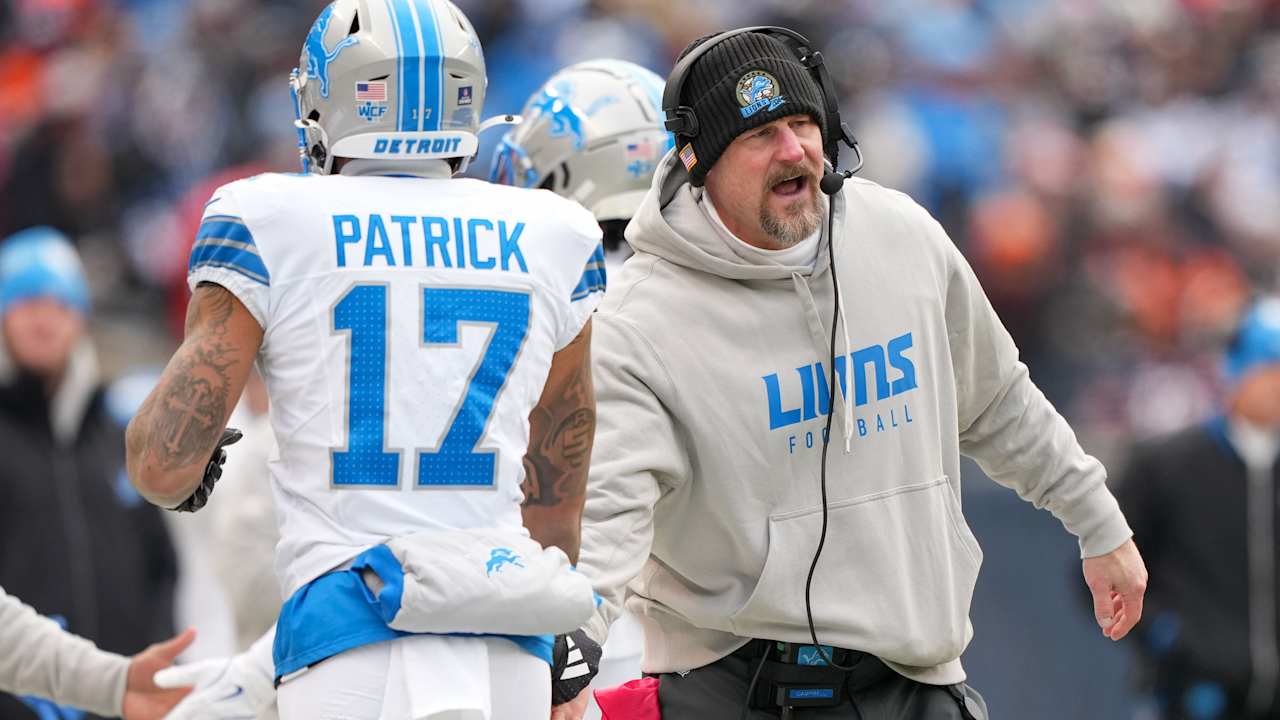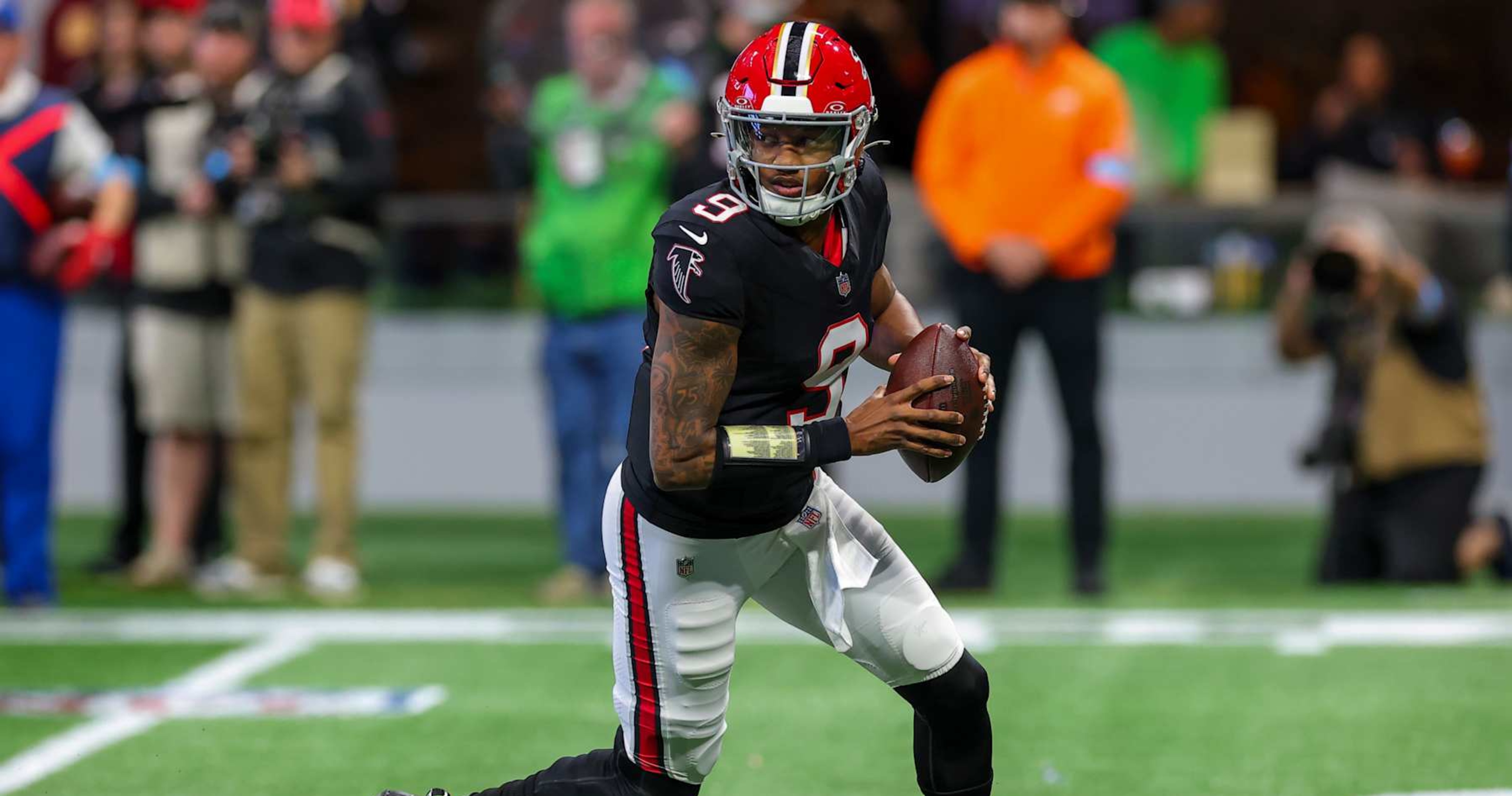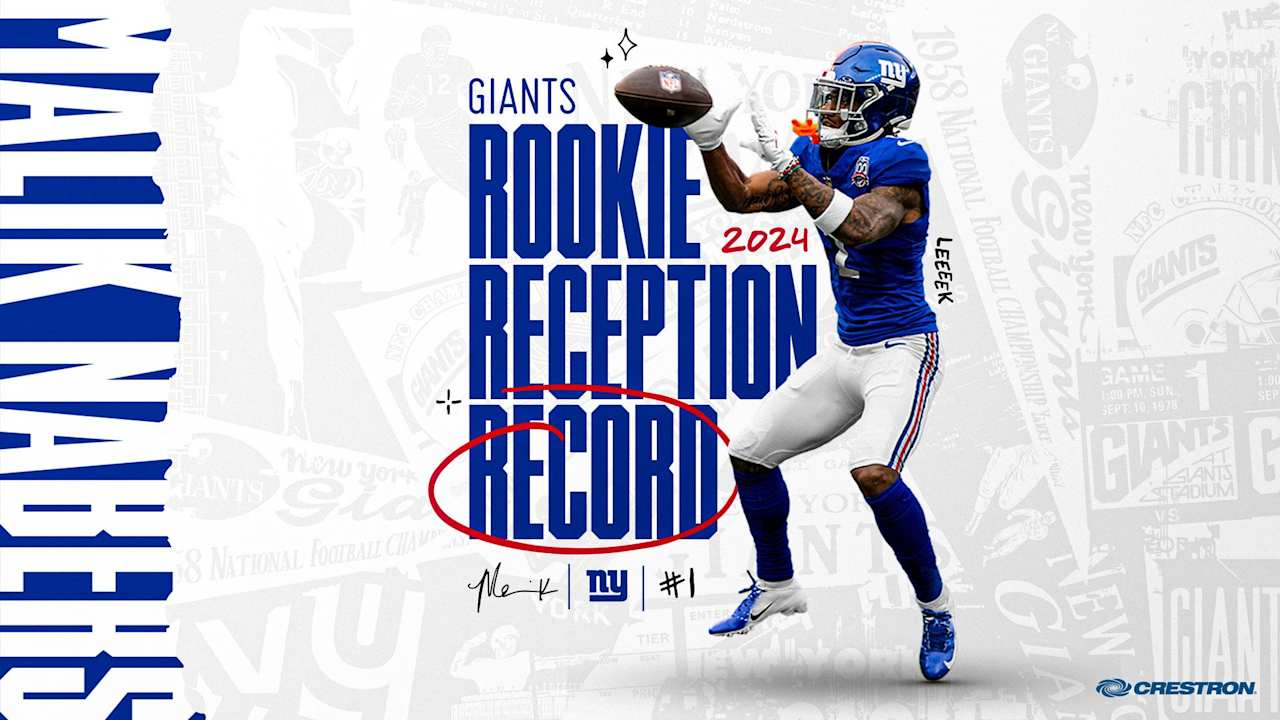Basketball
Mikal Bridges and OG Anunoby defensively, going small, center concerns and more

The New York Knicks might have assembled their best team in decades.
For the upcoming season, there are many can’t-miss storylines. I started with five last week, and here are five more:
How can Mikal Bridges and OG Anunoby be deployed on defense?
It’s difficult to find a better defensive combination on the perimeter than Bridges and Anunoby.
The Oklahoma City Thunder are loaded. Alex Caruso and Lu Dort have an argument, but Caruso doesn’t possess the size of either of the Knicks’ stoppers. Jrue Holiday and Derrick White are pests in Boston. Holiday has a case as the best guard defender of his generation. But again, neither of those guys is above 6 foot 4. The Kentavious Caldwell-Pope/Jalen Suggs duo includes another guard. The Minnesota Timberwolves employ Jaden McDaniels and Anthony Edwards, but Edwards is yet to prove it on an every-possession basis, though the talent is there.
Wherever Bridges and Anunoby fall, they provide a luxury Knicks head coach Tom Thibodeau, one of the league’s top defensive minds, has never had. These are two big wings capable of manning Giannis Antetkounmpo or Luka Dončić.
Bridges is superior on smalls. Anunoby has the edge on bigs. But Thibodeau could go any way with those two.
When the Knicks face an elite perimeter player, he could alternate Bridges and Anunoby on them, never allowing the star to get comfortable against one guy. He can switch as much or as little as he pleases. Don’t forget, Bridges can fight through screens like few others his size.
Thibodeau defenses rarely force lots of turnovers but not because the coach doesn’t value a takeaway. It’s because of his principles. He doesn’t want impatient defenders streaking into passing lanes or straying from their assignments hoping for an interception. Instead, he believes a defender’s first responsibility is to his man.
Turnovers inside a Thibodeau defense come not because someone went rogue but because an offense couldn’t get into its set. He believes they start with ball pressure. Make the dribbler uncomfortable and the rest of the offense deteriorates, too. The Knicks could provide more aggressive ball pressure than any other team in the NBA. Maybe a glut of turnovers follows.
How often will Knicks go small?
The Knicks have their starting center in Mitchell Robinson. They signed their backup, re-upping Precious Achiuwa. And considering that Thibodeau constructs his defenses from the inside out, prioritizing rim protection, there is a chance he goes with 48 minutes with at least one of those two on the floor. Of course, he could head in another direction, too.
Achiuwa is smaller than your conventional center, enough so that there were moments when Thibodeau relied on Anunoby to defend fives while Achiuwa was on the court with him. And that brings us to a breadcrumb Thibodeau dropped before last season ended.
Anunoby got hurt not long after the Knicks acquired him this past winter. First was the elbow, then the elbow surgery, then the return, then the reinjury of the elbow, then another return and then the hamstring that essentially ended his season. Thibodeau said that had Anunoby not jostled in and out of the lineup, the coach would have tried him in more situations where he could defend centers.
So could the Knicks do that more this season, deviating from Thibodeau’s usual philosophy, which requires 48 minutes of rim protection?
Anunoby isn’t the only player who could encourage an adjustment. Bridges’ presence could do so, too. A great way to protect against missing rim protection is to not allow anyone to get to the hoop at all.
These are not the circumstances of two years ago, when Thibodeau was resistant to a Julius Randle-Obi Toppin frontcourt that would have counted as “going small” but also would have lacked the defense to make it viable.
The current roster construction could demand that the Knicks go small, meaning Randle or Anunoby would play the five. Playing only Robinson and Achiuwa at center would make it difficult for Josh Hart and Donte DiVincenzo to reach 25 minutes.
What’s happening at the center position?
There’s a reason talk of going small has followed the Knicks all offseason. With Achiuwa as more of a four-five hybrid, Robinson is the only conventional center expected to be in their rotation — and his health is a question.
Robinson has undergone two ankle surgeries in the past nine months. He’s still recovering from the second. He’s played fewer than 60 games in three of the past four seasons.
If he stays on the court, the Knicks can make do with him, Achiuwa and a team of physical perimeter defenders that includes Anunoby, Bridges, DiVincenzo, Hart and Miles “Deuce” McBride. But if he goes down, that’s where the problems begin.
Would the Knicks search for another starting-caliber center on the trade market? Do they call the Utah Jazz about Walker Kessler or the Portland Trail Blazers about Robert Williams III, a dominant defender who is an underrated passer but who also has an injury history? Would they prefer a smaller name, someone who wouldn’t cost the couple of first-round picks they have remaining? Could they target Nick Richards or another, more modest big man who could become available this winter?
Even if Robinson stays healthy, the Knicks could make an in-season move for a center. Signing Achiuwa for $6 million, allows them to flip him for someone who makes up to that salary. They could pair him with another player to bring back more money, too.
They still have the Detroit Pistons’ 2025 first-round pick, which is heavily protected, and the Washington Wizards’ 2025 first-rounder, which is so protected that it’s more likely to convey as two second-rounders a couple of years down the line. They can swap first-rounders with another team in 2026 and ’30, as well.
The trade market isn’t the only place the Knicks could find a worthwhile backup. If they wait long enough, they could scour the market for buyout candidates in February or March. They are yet to use the taxpayer midlevel exception. If they hold onto that, they could pay any free agent up to $5 million to join them.
But that would require patience, which would be much easier to exude if Robinson stays healthy.
Will Thibodeau find enough time for Hart and DiVincenzo?
It was just the other day that controversies swirled about these two playing too many minutes. Now, is there enough playing time to go around?
Jalen Brunson, Bridges, Randle and Anunoby all require regular starters’ minutes. Meanwhile, Bridges has never missed an NBA game. Run through the rotation, and it becomes obvious that going small for four or five minutes a half is the easiest way for Thibodeau to uncover 25-ish minutes for both DiVincenzo and Hart. But even that would represent a decrease in roles from where they were in 2023-24.
Injuries have a way of solving these issues. Someone will get hurt, which will thrust DiVincenzo or Hart, maybe both, into the starting lineup. There will be stretches when they are playing 30-something minutes a game. But when the team is healthy, Thibodeau has to get creative to hand these two the minutes their performances say they deserve.
Going small isn’t the only way to include DiVincenzo and Hart more.
Thibodeau could trim minutes from his starters. Instead of playing Brunson, Randle, Bridges and Anunoby 35 minutes each, he could run them for 32, which would free up another 12 minutes. In that scenario, Thibodeau could go small (meaning Randle at the five) for four minutes a half, which would hand six Knicks (the four aforementioned starters, plus DiVincenzo and Hart) more than 30 minutes a game.
Sure, Thibodeau historically plays his best players more than that, but he’s also never coached a team this deep. Remember all those jokes about how he would never take Hart off the court? Well, Hart hasn’t changed over the past four months and neither has Thibodeau. The coach might be searching for ways to get him more than 23 minutes. This would be one of them.
Another question follows: How does DiVincenzo view a bench role?
He performed well as a reserve during the beginning part of last season but took off once he joined the starters. Does he carry that swagger into the second unit? If so, he has a good argument as the NBA Sixth Man of the Year favorite.
How good can the defense be?
The Knicks have a chance to own the NBA’s most ruthless defense. Can they get there?
A season ago, they finished 10th in points allowed per possession, according to Cleaning the Glass, which eliminates garbage-time statistics, but that was with injuries to two of their best defenders: Anunoby, who played only 23 games with New York last season, and Robinson, who played only 31. Now, they add Bridges to the fray.
They can piece together lineups with giants on the perimeter, stationing Bridges and Anunoby at shooting guard and small forward. They could slide Hart alongside those two. At that point, who knows which player is playing which position? They’re all wings, and they can all guard any type of perimeter-oriented opponent.
They can play switch-happy groups, which could include the quick-footed Achiuwa at center. They can protect the rim with Robinson deploying a drop. They can get into passing lanes. DiVincenzo doesn’t have to guard facilitators as often as he did this past season. Instead, he can lean more into his strengths as an off-ball disruptor.
Other elite defenses exist. The Timberwolves stifled offenses all of last season and could be even better this season with Edwards bound to take another leap. The Orlando Magic promote a similar culture to the Knicks’. They beg for someone, anyone to punch them in the mouth. They finished this past regular season second in points allowed per possession. That was with a young roster — and one without Caldwell-Pope, who will only help. The Boston Celtics are suffocating, though they are missing Kristaps Porziņģis to begin the season. The Oklahoma City Thunder finished fourth a season ago, then added rim protection from Isaiah Hartenstein and an all-defensive guard in Caruso.
But the Knicks, especially if they can stay healthy, have a chance to best them all.
They have one of the league’s sharpest defensive minds at the helm. When Anunoby was on the court last season, they allowed 101.8 points per 100 possessions, which would lead the league by a landslide if it belonged to a team for a full season. If he plays enough and if Bridges, Robinson, Hart, DiVincenzo and McBride do too, then the Knicks could finish in that class, and maybe atop it.
(Photo of OG Anunoby and Rudy Gobert: Nathaniel S. Butler / NBAE via Getty Images)










